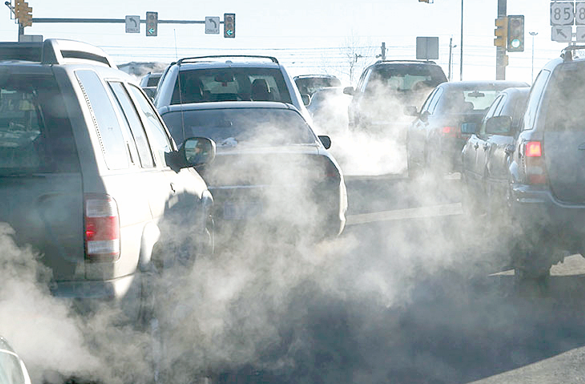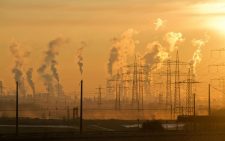State’s new plan to reduce dirty emissions by a third

The government targets to reduce greenhouse gases emissions by 32 per cent before 2030. Four years ago, Kenya updated its Nationally Determined Contribution (NDC) due to frequency and intensity of extreme weather events and successive impacts of climate change on the economy.
According to the NDC 2020-2030, considering Kenya’s dependence on climate-sensitive natural resources, the country set out this latest input to pursue its low-carbon climate resilient development pathway.
Concerning mitigation components’ goals, the NDC seeks to abate greenhouse gases emissions in line with Kenya’s sustainable development agenda.
The reduction of greenhouse gases targets energy, industrial processes and product use, agriculture, land use, forestry and waste. A cogent government policy will help to deal with carbon dioxide, methane and nitrous oxide.
According to UN Climate Change Executive Secretary Simon Stiell, coming up with new NDCs is vital because the current ones are due from next year.
“The quality of those NDC submissions is of greatest importance,” Stiell said while speaking during this year’s CoP29 in Baku.
On financing the NDCs, Stiell has pointed out that two trillion dollars will be needed to invest in clean energy and infrastructure this year alone, according to the International Energy Agency (IEA).
“And that’s remarkable, but it’s only a fraction of the global economy. And the vast majority of it concentrates in just a few big markets,” he explained.
Inflationary nightmare
He said climate investment must flow to where it’s needed most, to save and improve the lives and livelihoods of billions of people all around the world.
“Enabling every country to take strong climate action is 100 per cent in all countries’ interests, even the largest and wealthiest because the climate crisis is fast becoming an economy-killer,” he added, noting that unless all countries can slash emissions deeply, every household will be hammered even harder.
“We will be living in a permanent inflationary nightmare,” said Stiell.
Due to the massive financial burden in achieving this goal, Kenya’s NDC tries to bear 21 per cent of the mitigation costs from domestic sources and the remaining 79 per cent from international support, in the form of finance, technology, development and transfer and capacity building.
The most relevant mitigation activities included in the NDC are increasing renewables in the electricity generation mix of the national grid.
According to President William Ruto, Kenya has made tremendous efforts in renewable and clean energy, with the country’s power grid being 93 per cent green.
The various mitigation measures include achievement of a tree coverage of at least 10 per cent of the land area, scaling up Nature Based Solutions (NSB), efficient and sustainable energy technologies to reduce over-reliance on fossil and non-sustainable biomass fuels as well as low-carbon and efficient transportation systems.
There is also need to practice climate-smart agriculture, create sustainable waste-management systems and harness the mitigation benefits of the sustainable Blue Economy, including coastal carbon Payment for Ecosystem Services (PES).
Concerning adaptation and losses and damages prevention’s goals, the NDC aims to ensure a climate resilient society through mainstreaming climate change adaptation into Development Plans and implementing the adaptation actions.











